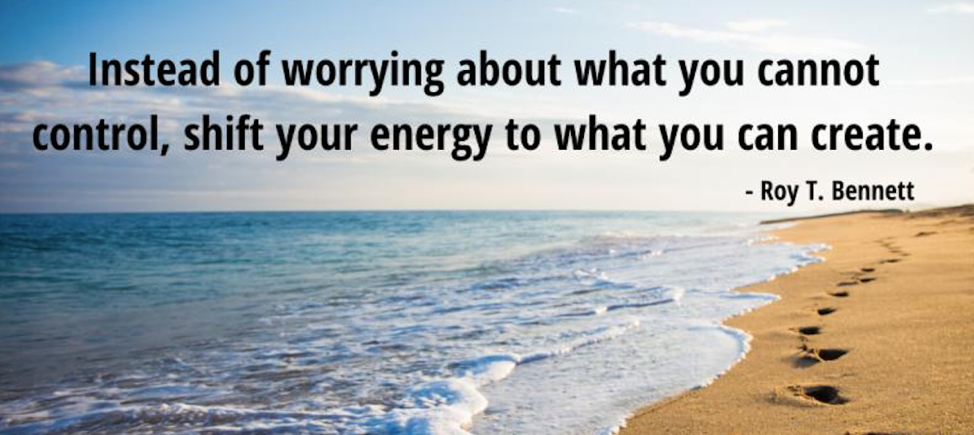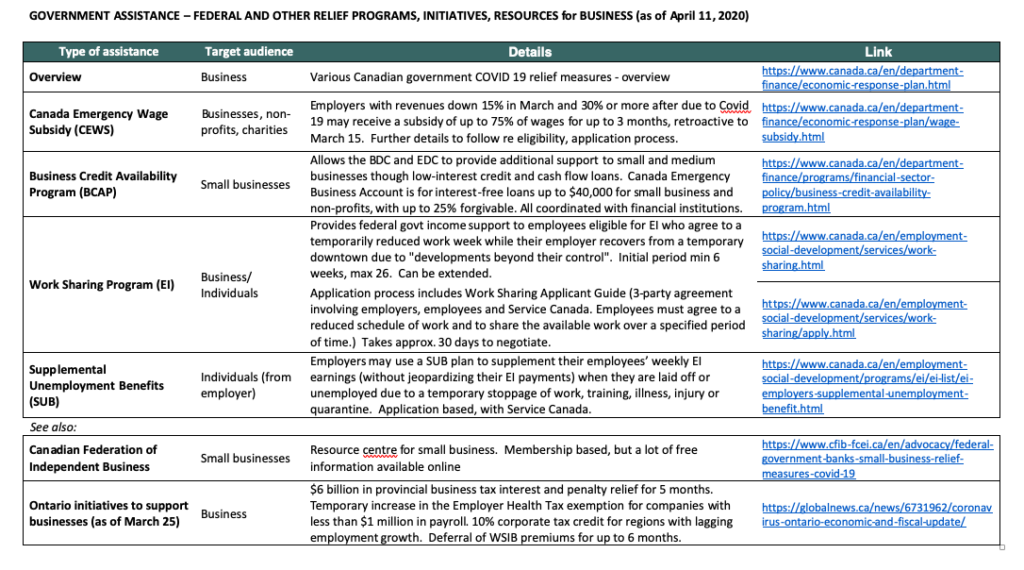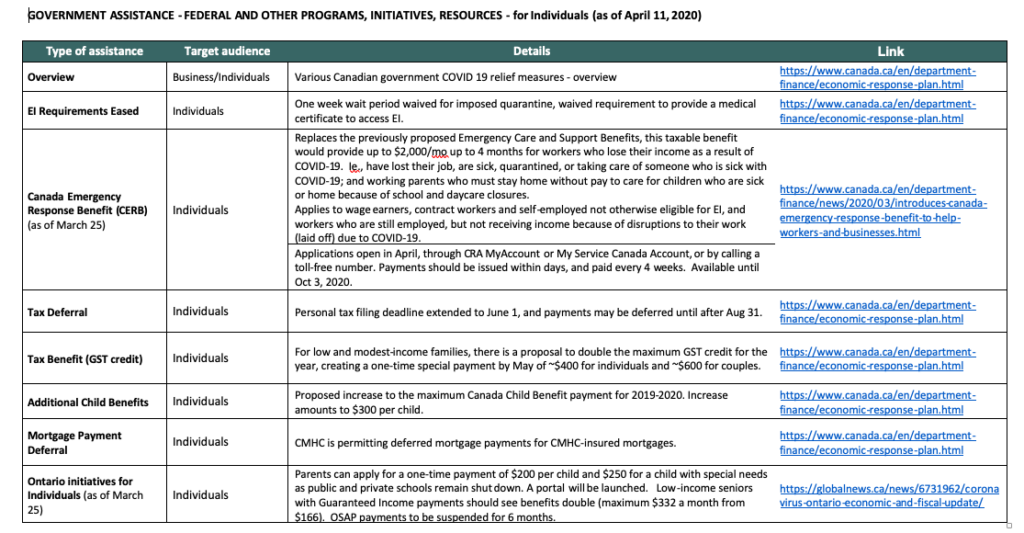There are many new developments for employers, staff, business owners, schools, parents and children in Ontario as we have entered Stage 3, the Recovery phase, of the COVID-19 reopening plan. The declaration of emergency was lifted July 24th, but the province will continue to maintain and encourage public health guidelines to try to decrease COVID-19 cases and spread, and monitor and address as necessary any emerging risks or outbreaks.
Legislative Updates:
Last month’s temporary regulation (Bill 195) – deeming temporarily laid off employees due to COVID on a job-protected “Infectious Disease Emergency Leave” – expires September 4th (6 weeks after July 24th). At that point, standard ESA rules on temporary layoffs apply, and the clock will start ticking effective September 4th on COVID-related leaves. Employers need to be aware of these dates and develop a recall plan for laid off employees in order to avoid risk of unplanned terminations and associated costs.
In terms of government financial relief efforts, the federal government plans to transition individual recipients of the Canada Emergency Response Benefit (“CERB”) to the Employment Insurance (“EI”) program on October 3rd. They are however considering a “transitional” benefit, similar to EI, for those who don’t qualify for EI, e.g., contract and gig workers.
For employers (in order to keep employees on payroll), the Canada Emergency Wage Subsidy (“CEWS”) has been extended until December 19, 2020. It has become more complicated however, and it is intended that the subsidy will decrease over time. In the coming months, the CEWS will be available to a broader group of employers, and benefits will be provided on a sliding scale based on the degree of lost revenue. The Department of Finance has released a backgrounder detailing these changes, and the CRA website has a calculator. The calculations have become more complex, helping keep accountants and bookkeepers in business.
Implications to Employers of School and Daycare Re-openings:
It has been announced that Ontario schools and daycares will be re-opening this September, while COVID-19 is in decline but still exists, and there is no vaccine yet available. This will allow parents to go back to work, and children to stay on their education track, and perhaps more importantly, get out of the house and interacting again with their teachers and classmates in a structured learning environment. Parents can get off the home-schooling hook as well. All of this is good in many ways, including collective socio-economic and mental health.
However, public health is still at risk, and there are still many uncertainties. So, this scenario sets off a range of emotions for everyone involved. The sense is that most want to get back to some sense of normalcy for children and the economy, but of course there is some fear associated with getting kids back in the classroom, including for teachers who are also employees and have a right to feel safe at work. Cases may spike in some schools, with the potential then for the virus to be transferred home or elsewhere in the community.
The hybrid plan of classroom and/or at-home (remote) learning allows schools to plan for these various contingencies. Teachers, students and parents are asked to be flexible to adjust to a situation that has potential to change on a dime. For parents with children in more than on school with different reopening models and approaches, this adds an extra challenge in their ability to plan their workdays and arrange day care at short notice, especially when day care is also in shorter supply.
For employers and employees, it’s important to remember that no one wanted or asked for this pandemic (unless you are a conspiracy theorist which I’ll leave there). The reality is that this is a very stressful and fluid situation, and everyone is doing their best. Businesses are trying to get back on track, while there will likely be sudden requests from staff to take time off or work from home to deal with day care or other COVID-related issues.
Advice for Employers (Employment Law and HR related):
Make sure relevant policies are up to date – including workplace safety, time off and leaves.
Medical notes are tricky. You are not allowed to request evidence of a positive test case for COVID, but I’m told by an employment lawyer that you are allowed to request third party medical evidence that a staff member is immune compromised (not the underlying condition). For non-COVID related medical time off, you can still request evidence of an employee’s capabilities, their limitations relative to the role, and predicted return to work date.
You can ask for a letter from the school or daycare to prove they are closed due to COVID. In that case, the parent is still entitled to job protected leave, or accommodation.
Communicate proactively. It’s best not to assume…
- Find out collectively (via team meeting or survey) what your staff want, expect and suggest to feel safe and supported.
- Reach out one-to-one as well to find out individual circumstances staff are facing. Sometimes the strong, silent types are suffering quietly. Just being asked can mean a lot to your staff, and go a long way in terms of engagement and retention.
Try to be creative and open-minded with staff concerns.
Depending on the situation, accommodation may be required (e.g. there is a real family care or medical need, not just a preference). However, you don’t have to agree with the employee’s first proposal. Accommodation is a 2-way street, and the employee is expected to have exhausted all other options. You can work together to arrive at a compromise solution, not ideal for either party but reasonable for both.
Flexible work options are not required by law, but can be a very practical, temporary accommodation, without causing undue hardship.
- It is advisable to put the arrangement in writing, with the reason for it, a timeline attached, an “out” clause and ongoing communication so expectations are clear and monitored. This can include working from home, and flexible or reduced hours.
- For example, if your staff member decides on their own to keep their child at home and home school, ask them questions and see what you can work out with them. They may think unpaid leave is the only option, but there may be other flexible work arrangements that would be a better solution for both of you.
Work refusals should be handled case by case, depending on each individual scenario, and governed by your policies, as well as the ESA and OSHA (employment standards and health & safety legislation).
- Ask questions and make changes in response to reasonable requests or suggestions from employees to make them feel safe, in addition to safeguards already put in place.
- If the employee still refuses to work in the office, you can bring in a Health & Safety inspector to determine if there is a legitimate reason for the employee not to feel safe to work there. At this point, the refusal may become disciplinary.
- If the employee’s role requires that they must be present in the workplace, then unpaid leave may be the best option until they feel comfortable returning, with coverage from another staff member or temporary services.
It’s a good idea to cross-train employees for back-up and potential job-sharing (wise anyway for vacation coverage, promotions etc.)
My overall advice is to try to be patient, flexible and give your staff member (or your boss) a break if they’re struggling to manage things, and offer ideas, suggestions and solutions, not just complaints. This is a particularly challenging year, and a little venting from time to time with a trusted friend or colleague can be a healthy outlet as well, as long as you can move on before it becomes too much of a stressor or distraction to others. You can also encourage support groups or cheerleading squads via your social committee or your internal communications platform.
The organization’s EAP (Employee Assistance Program), if you have one, can be a great outlet and source of professional mental health support and advice to managers, staff and their family members. If you don’t have one, the province offers free services (call 211 or https://211ontario.ca ).
Please contact me or an employment lawyer (I can recommend several) if you need assistance navigating any of these issues, or want to discuss a more proactive approach and options.
We really are all trying to get through this together like never before. Let’s lift and support one another wherever possible.





